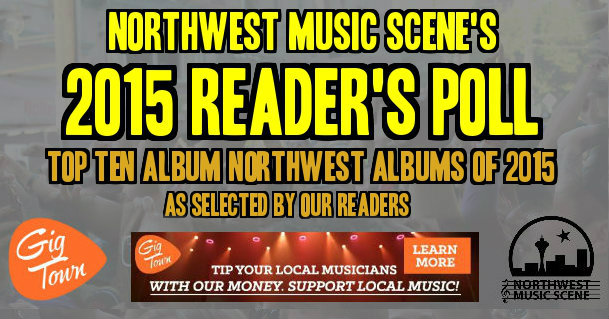Here at Northwest Music Scene we get a lot of questions about how to get us to write about you or your band. We, like most other web-based publications, especially in the northwest where there are hundreds and thousands of bands battling for limited spots, simply don’t have time to cover everyone. But if you’d like to greatly increase your chances with us, and many others like us, read on.
A press release, news release, media release, press statement or video release is a written or recorded communication directed at members of the news media for the purpose of announcing something ostensibly newsworthy. Typically, they are mailed, faxed, or e-mailed to assignment editors at newspapers, magazines, radio stations, television stations, or television networks. For the sake of this article though, we’re going to assume that everyone lives in the digital world and will be using email to get the word out.
As the Internet has assumed growing prominence in the news cycle, press release writing styles have necessarily evolved.
Editors of web-only news sites, online newsletters and many other online only publications often lack the staff to convert traditional press release prose into more readable, print-ready or publish-ready copy. Today’s press releases are therefore often written as finished articles which deliver more than just bare facts. A stylish, journalistic format along with perhaps a provocative story line and quotes from principals can help ensure wider distribution among Internet-only publications looking for suitable material.
The above paragraph is probably the single best way to start gaining more exposure for your project, especially if you operate in an area where the market is saturated, as in say, the Seattle music market. When we say Seattle we mean the greater northwest of course. There are literally thousands of bands and they all want press. The staffs of the local blogs, and music websites wouldn’t be able to keep up. So, you want to stand out from the crowd and get more exposure? Well then, a well crafted press release is one of the cheapest ways you can do that and one of the quickest. Facebook and Twitter messages “Hey, check out my fucking band”, while awesome and certainly attention grabbing,(for a second) usually aren’t going to lead to working relationship with the press. Of course we can only speak for ourselves here but we get mountains of that kind of stuff. Not that we have never found a band or artist that way, because we have but when we are busy it’s very easy to overlook that sort of attempt at engagement.
The use of press releases is common in the field of public relations (PR). Typically, the aim is to attract favorable media attention to the PR professional’s client and/or provide publicity for products or events marketed by those clients. A press release provides reporters with an information subsidy containing the basics needed to develop a news story. Press releases can announce a range of news items, such as scheduled events, personal promotions, awards, new products and services, sales and other financial data, accomplishments, etc. They are often used in generating a feature story or are sent for the purpose of announcing news conferences, upcoming events or a change in corporation.
Technically, anything deliberately sent to a reporter or media source is considered a press release: it is information released by the act of being sent to the media. However, public relations professionals often follow a standard format that they believe is efficient and increases their odds of getting the publicity they desire. The format is supposed to help journalists separate press releases from other PR communication methods, such as pitch letters or media advisories. Generally, a PR body consists of 4 to 5 paragraphs with word limit ranging from 400 to 500.
Some of these common structural elements include:
Headline – used to grab the attention of journalists and briefly summarize the news.
Dateline – contains the release date and usually the originating city of the press release. If the date listed is after the date that the information was actually sent to the media, then the sender is requesting a news embargo, which journalists are under no obligation to honor.
Introduction – first paragraph in a press release, that generally gives basic answers to the questions of who, what, when, where and why.
Body – further explanation, statistics, background, or other details relevant to the news.
Boilerplate – generally a short “about” section, providing independent background on the issuing company, organization, or individual.
Close – in North America, traditionally the symbol “-30-” appears after the boilerplate or body and before the media contact information, indicating to media that the release has ended. A more modern equivalent has been the “###” symbol. In other countries, other means of indicating the end of the release may be used, such as the text “ends”.
Media contact information – name, phone number, email address, mailing address, or other contact information for the PR or other media relations contact person.
Also, many music websites or blogs will include a link to a video or a streaming music player, such as Soundcloud or Bandcamp, so it is totally acceptable to include a few links but don’t over do it. Also, an image to use with the article is helpful. Once again, don’t over do it. We don’t need 300 photos from your last tour, although we gotta admit the shot of you standing underneath Paul Bunyan is pretty cool.
Here’s another great resource on how to write a press release. Click
And here’s where you send press releases to us: [email protected]




